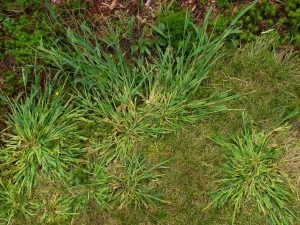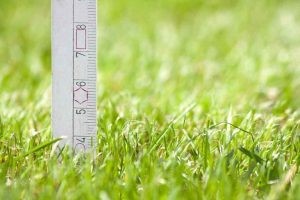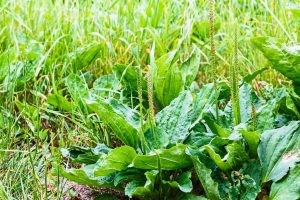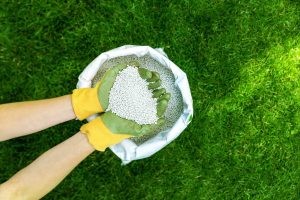Grassy weeds are a common nuisance for homeowners and lawn care professionals alike. If left unchecked, these grassy plants can quickly take over your lawn and make it look unkempt. Fortunately, with the help of our team here at Simple Lawns, you can learn to identify grassy weeds and implement effective treatments to control them.
Be sure to check out this guide for more information on grassy weeds in the Portland area, and don’t miss our list of the 10 most common weeds in the Pacific Northwest!
Identifying Grassy Weeds
Grassy weeds are plants that look very similar to many varieties of turfgrass, which makes them very difficult to identify in a lawn. In fact, a grassy weed is really just any type of grass that is growing where it is not wanted. For example, Bermudagrass is used by many homeowners in warmer climates as their desired grass type for their lawns. However, that same grass finding its way into a cool-season lawn (like lawns in our area), will harm the existing cool-season grass because it grows and spreads in different ways than the appropriate grass.
Though it is always a bit tricky to identify grassy weeds in lawns, there are a few good signs you can watch out for that will help you spot a grassy weed invasion. As the grassy weeds in your lawn steal nitrogen and other nutrients from the soil, you may notice any of the following:

-Taller growth than the surrounding grass
-Quicker growth rate
-Brighter, green leaf blades
-Different leaf shapes (rolled, pointed, etc.)
-Discolored or thin patches in lawn
-Prominent seed heads
Where To Look For Grassy Weeds
Most grassy weeds will have root systems that are much more complex, shallow, and invasive than the roots of turfgrass, which is how grassy weeds are able to overtake a lawn relatively easily. Depending on the species, grassy weeds produce rhizomes (under ground), stolons (above ground), or a combination of both in order to spread the invasion quickly. Many varieties even sprout new plants at the nodes that will take root all over your lawn. This allows them to spread quickly, and they typically like to hide in areas that don’t get mowed very often or get the most sunlight. To spot grassy weeds, be sure to focus on these areas first:

-Shady spots
-Areas with poor drainage
-Overly fertilized lawns/soil
-Underneath trees/shrubs
-Untended borders & beds
-Generally struggling lawns
Life Cycle Of Grassy Weeds

Annual grassy weeds are plants that complete their life cycle within 1 year. They tend to have a short germination period and can quickly invade a lawn, growing rapidly in the warm months before dying off in winter. Most annual grassy weeds produce seeds that remain dormant in the soil until the right conditions are present for germination. These plants tend to thrive in areas with moderate sunlight, fertile soil, and excess water. Winter annuals will even go dormant in the cold month and attack your lawn as soon as spring arrives, well before your lawn even has a chance to get established.
Perennial grassy weeds, on the other hand, may live for 2 or more years, and their life cycles span multiple seasons. While some perennials can survive unfavorable conditions, such as drought or freezing temperatures, others prosper under more favorable conditions with adequate sunlight and moisture. Perennial grassy weeds often reproduce by using underground root systems to spread from one area to another, sometimes over great distances! In addition to spreading through rhizomes and stolons, perennial grassy weeds can also produce seeds; however, this is usually a secondary method of reproduction. The strong, invasive roots of perennial grassy weeds are the real trouble makers!
Controlling Grassy Weeds

Thankfully, it is not all gloom and doom if you are dealing with a potential grassy weed invasion. Grassy weeds can be pretty well-managed by simply maintaining a healthy lawn throughout the year. Mowing regularly and slightly higher than normal is a great way to keep your grass healthy while blocking sunlight from germinating weed seeds. Proper fertilization is also key throughout the growing season, but too much can produce excess nitrogen in the soil that will attract weeds. You will also want to make sure to water deeply and infrequently because shallow weed roots will get first access to superficial watering jobs that only soak the top layer of soil.
Unlike other types of weeds, pulling and digging out the fibrous roots of many grassy weeds is not always effective, and chemical treatments can be hard to apply without killing the surrounding grass. For the best defense against grassy weeds in the Portland or Vancouver areas, be sure to call Simple Lawns!
Subscribe to Simple Lawns's Blog







Comments